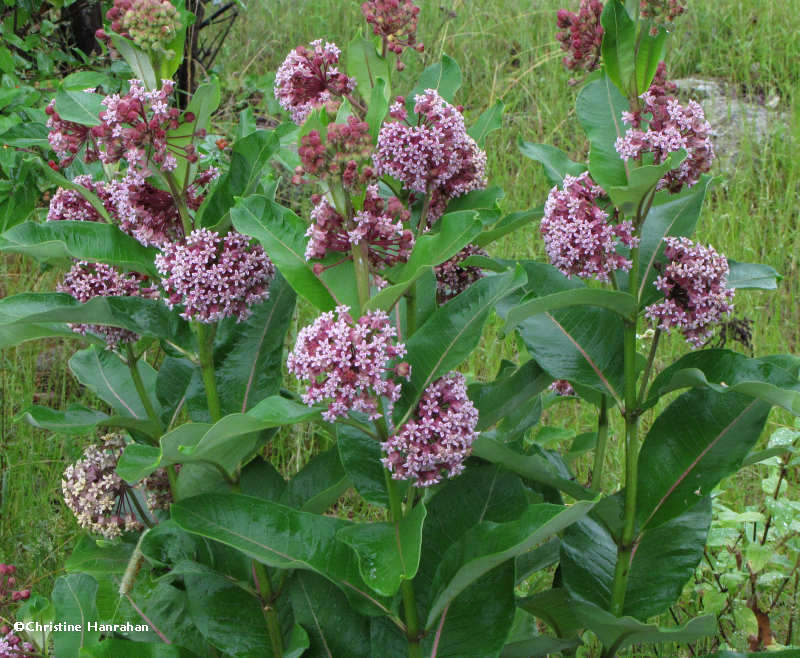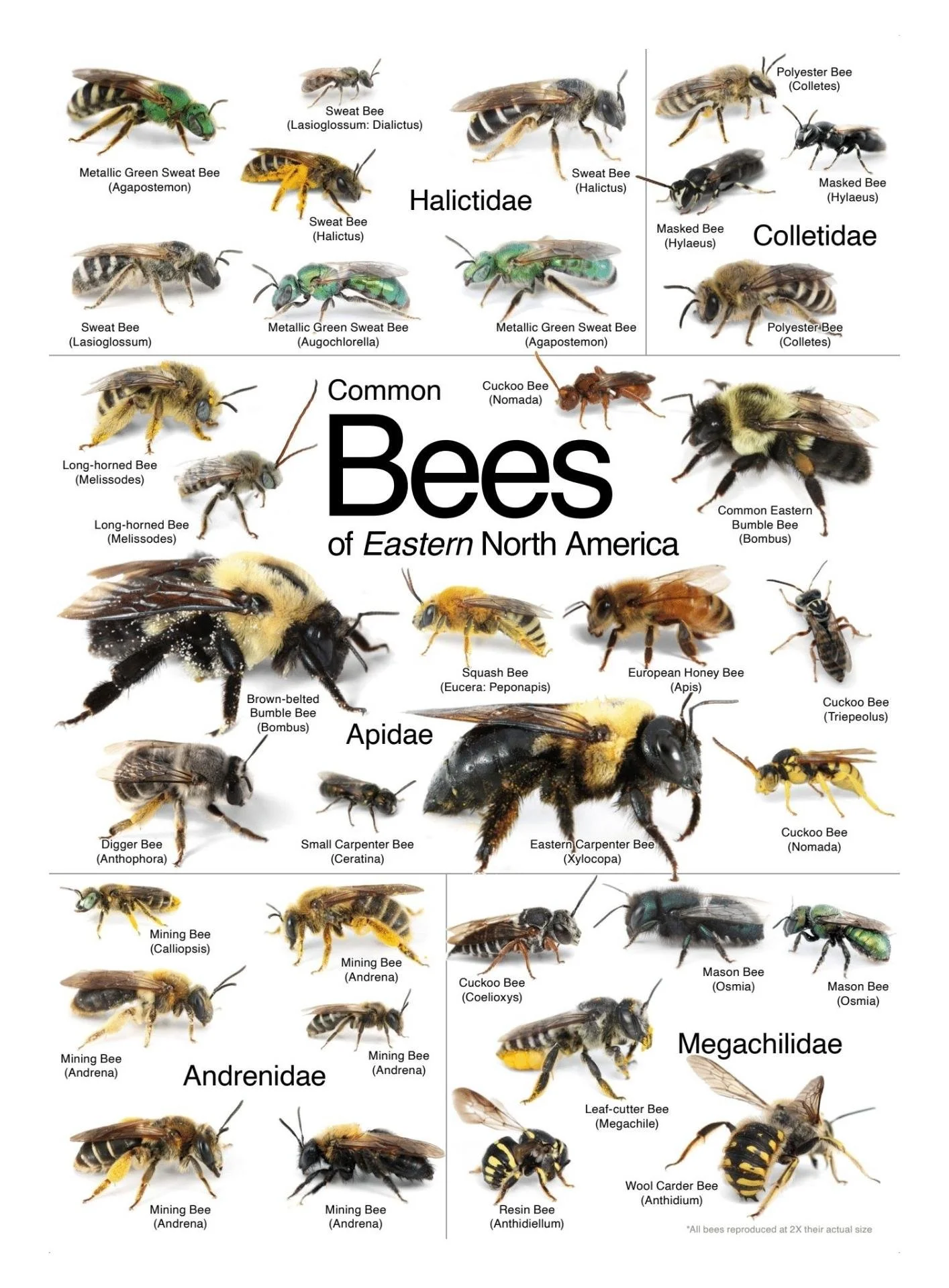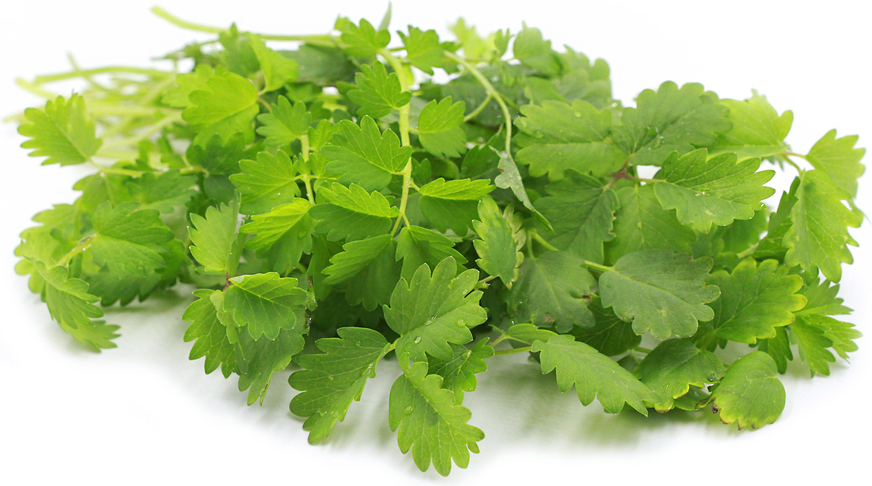Gardening enthusiasts and nature lovers alike are drawn to the vibrant and essential role that milkweed plays in our ecosystem. This humble plant is not only a lifeline for the majestic monarch butterflies but also an attractive addition to any garden.
Discovering how to grow milkweed successfully will empower you to contribute to the conservation of these iconic butterflies while enjoying the beauty and benefits of this native plant in your own backyard.
Tips for Choosing the Right Species for Your Garden
Choosing the right milkweed species is crucial for both the health of your garden and the well-being of local wildlife. With numerous species available, it’s important to select a native milkweed that thrives in your region.
Native species are adapted to local climates and soil conditions, making them more resilient and beneficial for local monarch populations. Opt for varieties that are indigenous to your area to ensure the best chance for growth and to provide the most support for monarch butterflies.
Researching your local environment and consulting with nearby plant nurseries can guide you in making the right milkweed choice for your garden.
How to Grow Milkweed from Transplants
Starting milkweed from transplants can be a great way to establish your butterfly garden quickly. When transplanting, ensure that you are gentle with the roots, which can be sensitive to disturbance.
Choose a sunny location with well-draining soil and plant your milkweed transplants at the same depth they were in their containers. Water them thoroughly after planting and maintain consistent moisture during their first growing season.
Adding a layer of mulch can help retain soil moisture and suppress weeds, creating an ideal growing environment for your milkweed transplants.
How to Grow Milkweed from Seed
Growing milkweed from seed can be a gratifying experience, though it requires patience and attention to the germination process. Cold stratification is commonly needed for milkweed seeds, mimicking the natural cycle of freezing and thawing that breaks seed dormancy.
After stratification, plant the seeds in well-draining soil and ensure that they receive plenty of sunlight. Keep the soil moist but not waterlogged to encourage growth without rotting the seeds.
Milkweed seeds typically germinate within a few weeks, and once the seedlings are established, they can be transplanted to their final location in your garden.
How Many Plants Do You Need for Your Garden?
The number of milkweed plants you need depends on the size of your garden and your goals for attracting monarchs. A small garden might only need a few plants, while larger spaces can accommodate more.
Consider planting in groups to create a visual impact and to make it easier for monarchs to locate the milkweed. A good rule of thumb is to plant in clusters of three to six plants.
Remember to leave space between clusters for the milkweed to spread and for other pollinator-friendly plants, which can create a diverse and thriving butterfly habitat.
Will Milkweed Come Back Every Year?
Many milkweed species are perennials, meaning they will return year after year. These hardy plants often go dormant in winter and reemerge in spring.
To ensure your milkweed perennially returns, avoid cutting back the plants until early spring, as the old stems can provide winter habitat for beneficial insects.
Monitor for any signs of disease or pests and manage them accordingly to keep your milkweed healthy and ready to regrow each year.
Growing Tips from My Own Experience
Personal experience has taught me the value of patience and observation when growing milkweed. Monarch butterflies are more likely to visit gardens that mimic their natural habitat.
Keep an eye out for monarch caterpillars and provide them with plenty of milkweed leaves. Avoid using pesticides, as they can harm monarchs and other beneficial pollinators.
Regular watering, especially during dry spells, will keep your milkweed plants robust and better equipped to support the caterpillars’ feeding habits.
How to Grow Milkweed in Pots
Growing milkweed in pots is an excellent option for those with limited garden space. Choose a large pot with drainage holes and use a potting mix that drains well.
Place the pot in a sunny spot and water consistently to keep the soil moist. Potted milkweed may require more frequent watering than garden-planted varieties due to quicker soil drying.
Be prepared to transplant the milkweed to a larger pot or into the ground once it outgrows its container. This ensures the plant has enough room to thrive and support visiting monarchs.
Related Questions on Milkweed Cultivation
Is There a Downside to Planting Milkweed?
While milkweed is essential for monarch butterflies, it is important to plant the appropriate species. Non-native species can outcompete local flora and may not provide the same nutritional value for monarch caterpillars.
Additionally, milkweed plants contain sap that can be irritating to human skin, so they should be handled with care and not planted where they might be a nuisance.
What Not to Plant Next to Milkweed?
Avoid planting milkweed next to aggressive plants that may overshadow or outcompete it. Certain herbs or vegetables may not be companionable with milkweed due to differing soil or water needs.
Instead, pair milkweed with other native and pollinator-friendly plants that share similar environmental requirements.
Why Is Milkweed Illegal in the USA?
It’s a common misconception that milkweed is illegal in the USA. In reality, only certain non-native species are regulated due to their potential for invasiveness. Always check local regulations and plant native species to aid in milkweed conservation.
Why Is Milkweed So Hard to Grow?
Milkweed can be challenging due to its specific germination requirements and the fact that it is slow to establish. However, with proper milkweed planting techniques and patience, gardeners can successfully grow this essential plant.
To further illustrate the beauty of milkweed and its importance for monarch butterflies, take a look at this informative video:
With these insights and tips, you’re now equipped to cultivate your own milkweed garden, steering clear of the common pitfalls and contributing to the preservation of the awe-inspiring monarch butterfly migration.





